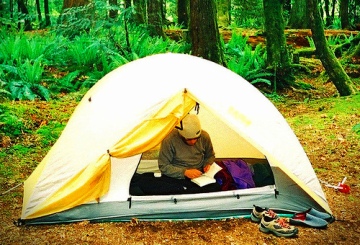AS THE LEAD faculty member of MatadorU’s travel writing program, I work with students from all sorts of backgrounds to help them achieve their goals as travel writers.
Here are five common mistakes I see in their writing (and which are all too common in mainstream travel writing as well):
